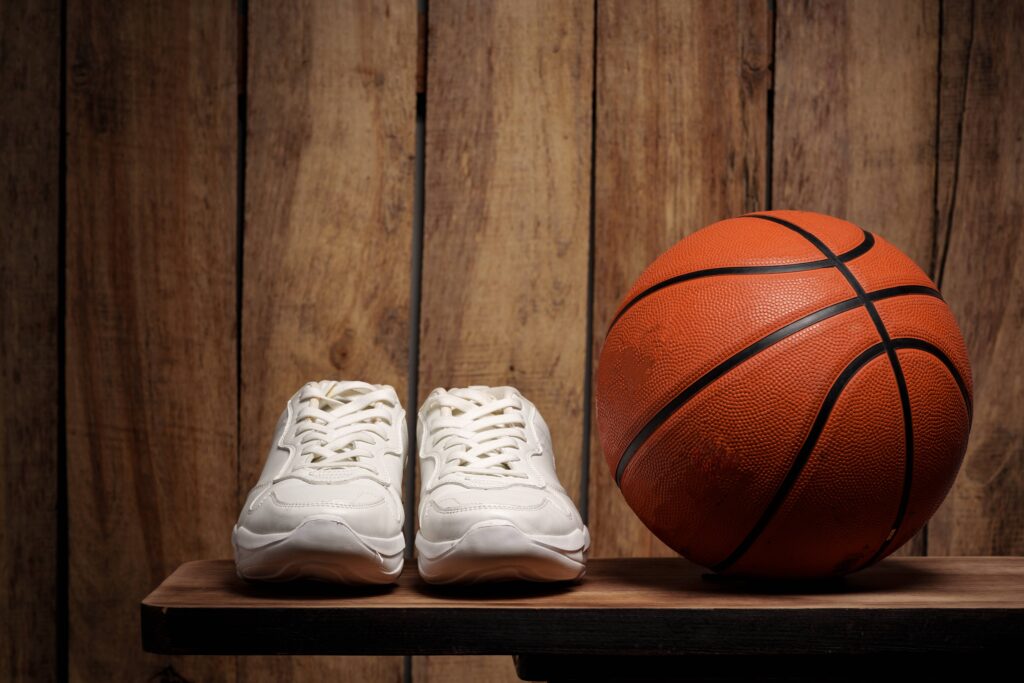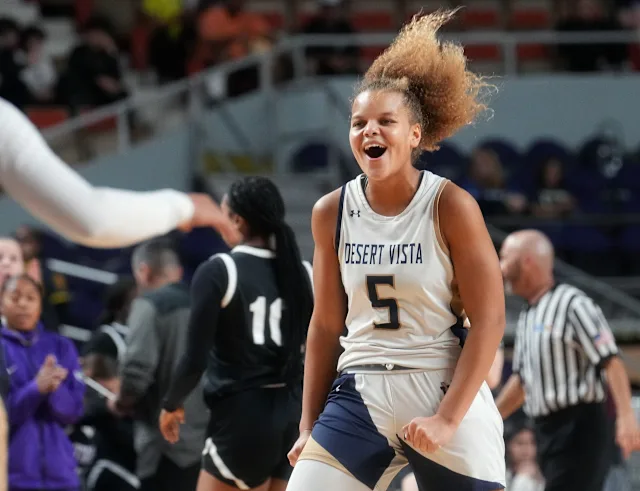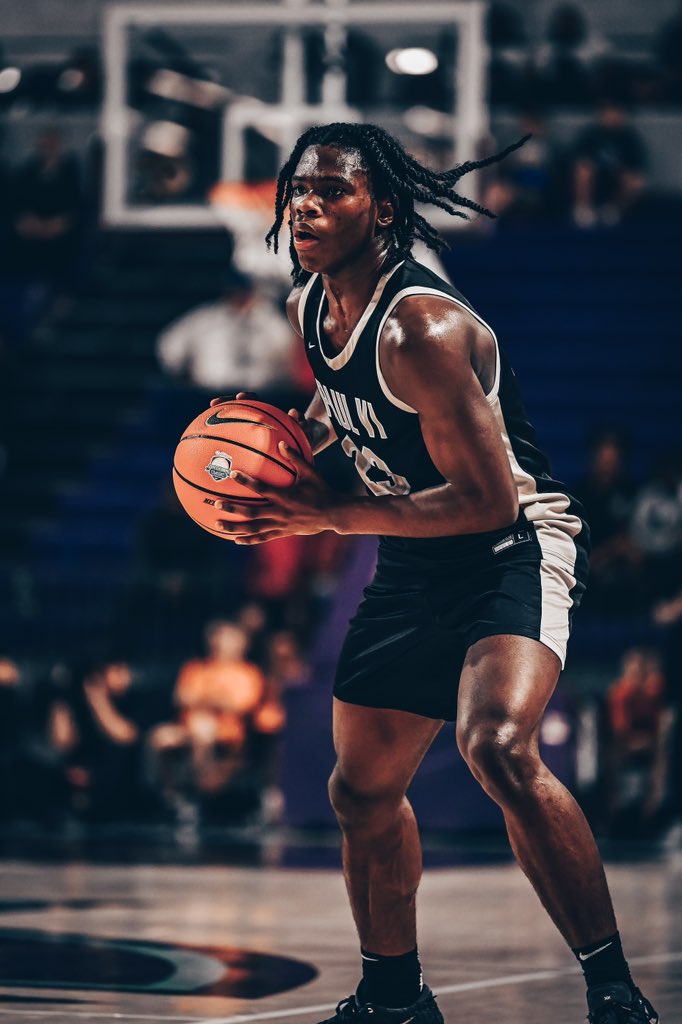Step into any gym on the AAU circuit or high school showcase, and you’ll see it before the tip-off — the shoes. They’re bright, bold, often limited-edition. One player might be wearing the latest Ja 1s in a custom colorway. Another laces up a retro pair of Jordan 4s. The message is clear: before the first bucket, identity is already in play.
In youth basketball today, sneakers are more than footwear — they’re statements of self, culture, and clout. And they’re increasingly shaping how young athletes see themselves, and each other.
Drip vs. Drive
In a world where performance and presentation live side by side, sneakers operate as both armor and advertisement. “Kids want to be seen, and sneakers are part of that visual language,” says Coach Malcolm King, who’s led teams across Nike EYBL and Adidas 3SSB circuits. “But the flip side is when the focus shifts from the game to the gear.”
The growing popularity of player-exclusive colorways, NIL-brand signature drops, and resale culture has turned the sneaker game into its own arena. For some, it fuels passion and inspires play. For others, it invites comparison, pressure, and — in some cases — exclusion.
Brand Loyalty Starts Young
It’s no coincidence that Nike, Adidas, and Under Armour pour millions into grassroots basketball. Their presence at youth tournaments is as common as water bottles and whistles. That early exposure isn’t just about performance — it’s about imprinting loyalty.
“By the time they’re 14, some of these kids already have favorite brands, silhouettes, and even preferred sponsorships,” says basketball culture analyst Tyra Monroe. “They’re paying attention to who’s wearing what — from the league to their local gym.”
This brand awareness can be empowering. Players connect with brands that reflect their personality, community, and aspirations. But it can also blur the line between authentic expression and manufactured identity.
Access and Equity
One of the underdiscussed aspects of sneaker culture in youth sports is access. The average price of performance basketball shoes now sits between $130 and $160 — and that’s without factoring in limited drops or resale markups. For families already budgeting for travel, training, and gear, another layer of pressure emerges.
“I’ve had kids cry because they couldn’t afford what everyone else was wearing,” says AAU parent Michelle Hawkins. “And it’s not vanity — it’s the desire to fit in, to belong.”
That desire is part of the emotional ecosystem of youth sports, where confidence, identity, and performance are in constant conversation.
Culture in Motion
At its best, sneaker culture in youth basketball is a celebration — of style, history, and individualism. It brings color to the court and invites dialogue about representation, creativity, and movement. From Allen Iverson’s Reebok Questions to Sabrina Ionescu’s Nike Sabrinas, sneakers carry stories. And today’s youth are writing their own.
But as with all things in youth sports, balance is key. Coaches, parents, and athletes must keep perspective. A shoe can amplify a moment — but it can’t define the work.
Because when the final buzzer sounds, it’s not about the drip. It’s about the drive.



